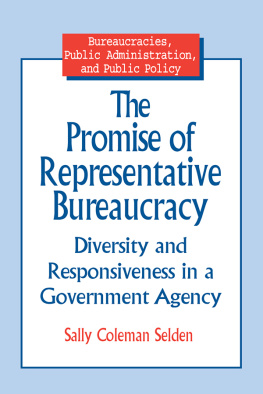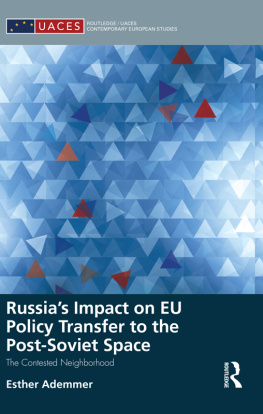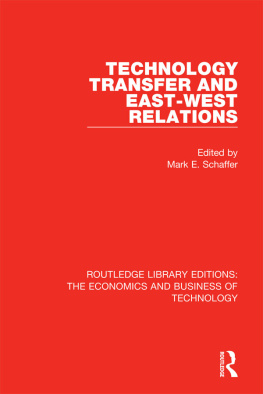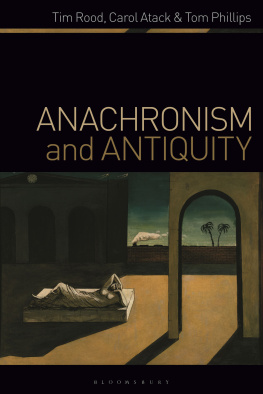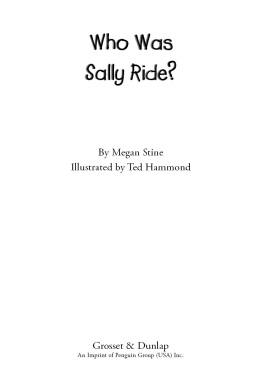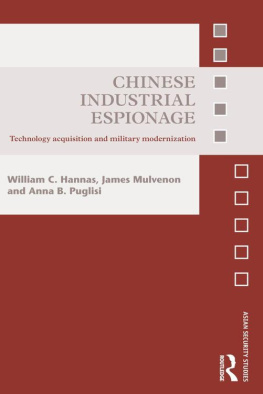GOVERNMENT LABORATORY TECHNOLOGY TRANSFER
Government Laboratory
Technology Transfer
Process and impact
SALLY A. ROOD
Federal Laboratory Consortium, Washington, USA
First published 2000 by Ashgate Publishing
Reissued 2018 by Routledge
2 Park Square, Milton Park, Abingdon, Oxon OX14 4RN
711 Third Avenue, New York, NY 10017, USA
Routledge is an imprint of the Taylor & Francis Group, an informa business
Copyright Sally A. Rood 2000
All rights reserved. No part of this book may be reprinted or reproduced or utilised in any form or by any electronic, mechanical, or other means, now known or hereafter invented, including photocopying and recording, or in any information storage or retrieval system, without permission in writing from the publishers.
Notice:
Product or corporate names may be trademarks or registered trademarks, and are used only for identification and explanation without intent to infringe.
Publishers Note
The publisher has gone to great lengths to ensure the quality of this reprint but points out that some imperfections in the original copies may be apparent.
Disclaimer
The publisher has made every effort to trace copyright holders and welcomes correspondence from those they have been unable to contact.
A Library of Congress record exists under LC control number: 99076157
ISBN 13: 978-1-138-70404-6 (hbk)
ISBN 13: 978-1-315-20288-4 (ebk)
by C. Dan Brand, Chair
Federal Laboratory Consortium
Government Laboratory Technology Transfer is technology transfer evolved, the vital area that federal laboratory research and development has become todayand its growing economic and entrepreneurial impact.
Acknowledging the important ongoing role of the federal laboratories in basic research, author Sally A. Rood goes much beyond the old stereotypes of lab activity to point out what the general public does not always realize: Businesses, large and small, apply that government researchoften breakthrough information in a number of scientific areasto create innovative emerging technologies, which, in turn, may develop into entire new industries.
With more than 20 years government service in specialized areas of technology transfer, including her longtime association and current work with the Federal Laboratory Consortium (FLC), Sally Rood employs her experience to chart the growth and dramatic changes in tech transfer in the last two decades and define how our system worksor does not work. Along the way, the traditional paradigms of lab R&D are expanded, especially in the last few years. And inspiring success stories demonstrate the results from the resources in our government laboratoriesproducts developed from lab technologies that continue to improve our quality of life, as well as contribute to the U.S. economy and enterprise development, in unexpected ways and places.
As a veteran in government service and tech transfer myself, Im pleased that Government Laboratory Technology Transfer has documented its history and developmentwe can see how far weve come in a short period of time. Federal workers, as well as those in industry and the university scientific communities, will welcome the close examination of the government system, with an element of surpriseat the number and kinds of technologies available in the labs and their expertise in specialized areas, for exampleand an increasing interest in the potential for future collaborations.
I also endorse Dr. Roods forecast for continued faster-paced procedures and the evident changes and challenges that the government is sure to encounter in the future in technology transfer, especially in those labs with fewer resources and personnel. In our field, we too are becoming part of an increasingly global economy, and that international angle will drive much of the activity in the technology transfer arena. Therefore, our laboratories must learn to be flexible in their processes, and be able to identify and respond to the critical needs of societyas well as to the needs of users in industry, universities and state and local governments.
Rood acknowledges the governments inconsistencies, however, in setting performance measures to determine the outcomes of technology transfer activities. That status, of course, is to change, as the Government Performance Results Act of 1993 requires. As the competition increases each year, we would do well to look to our entrepreneurial industrial partners as guides on tracking these important metrics and in other ways. With their proven success record and tactics, the private sector provides examples to followprimarily serving our customers and increasing program outreach and technology marketing. In addition, as a representative of the FLC, I can see, as many labs and agencies have discovered, that our forum to provide strategies and opportunities will continue to enable expanded and increased technology transfer activities on a number of levels.
In chronicling the recent successes and ongoing, positive change in the labs and agencies, Government Laboratory Technology Transfer lays the groundwork for continued growthand inspires us to meet the increasing needs of our growing national and international technology community. Therein lies the great challenge in technology transfer, as we go into the new century.
As is evident from the References section of this book, organized topically, there are many government reports and policy studies on technology policy and transfer, but few books available to increase our understanding of this timely subject. I anticipate this book will be useful to all levels of academic programs focused on technology partnerships and commercialization. It may also prove useful to government-oriented training programs. Furthermore, it may be helpful to potential users and collaborators in government technology programs such as company execs, university researchers, and state and local governments.
I am pleased that the Federal Laboratory Consortium (FLC) gave its blessing for this publication since I now work for the organization! More explicitly, the FLC Executive Committee, headed by FLC Chair C. Dan Brand, agreed that publication of this data is a positive step for technology transfer. But going back further in time, I would not have been able to do the research in the first place if it were not for Dr. Loren C. Schmid, Former Chair of the FLC. With concurrence of the (then) FLC Executive Committee a number of years ago, he gave me permission to pursue the research and shared helpful background materials.
I would also like to acknowledge Joe Allen and the late Lee Rivers, the current and former heads of the National Technology Transfer Center in Wheeling, West Virginia. Having spent a number of years working with the NTTC, my understanding of the laboratory technology transfer system in this country has been enhanced by them and my other colleagues there.
I am grateful to Professor John W. Dickey at Virginia Tech for recommending this work to be included in a published series on public affairs. The original work in this volume was performed as part of the requirement in earning a Ph.D. in Public Affairs and Administration through Virginia Techs Center for Public Administration and Policy. In that program, known for its outstanding educators, Dr. Jim Wolf, Dr. John W. Dickey, Dr. Larkin S. Dudley, and Dr. Orion F. White all were inspirationseach in their own way. I feel fortunate to have had them as teachers. Dr. Alistair M. Brett and Dr. Richard L. Chapman also contributed greatly to the original doctoral dissertation.




